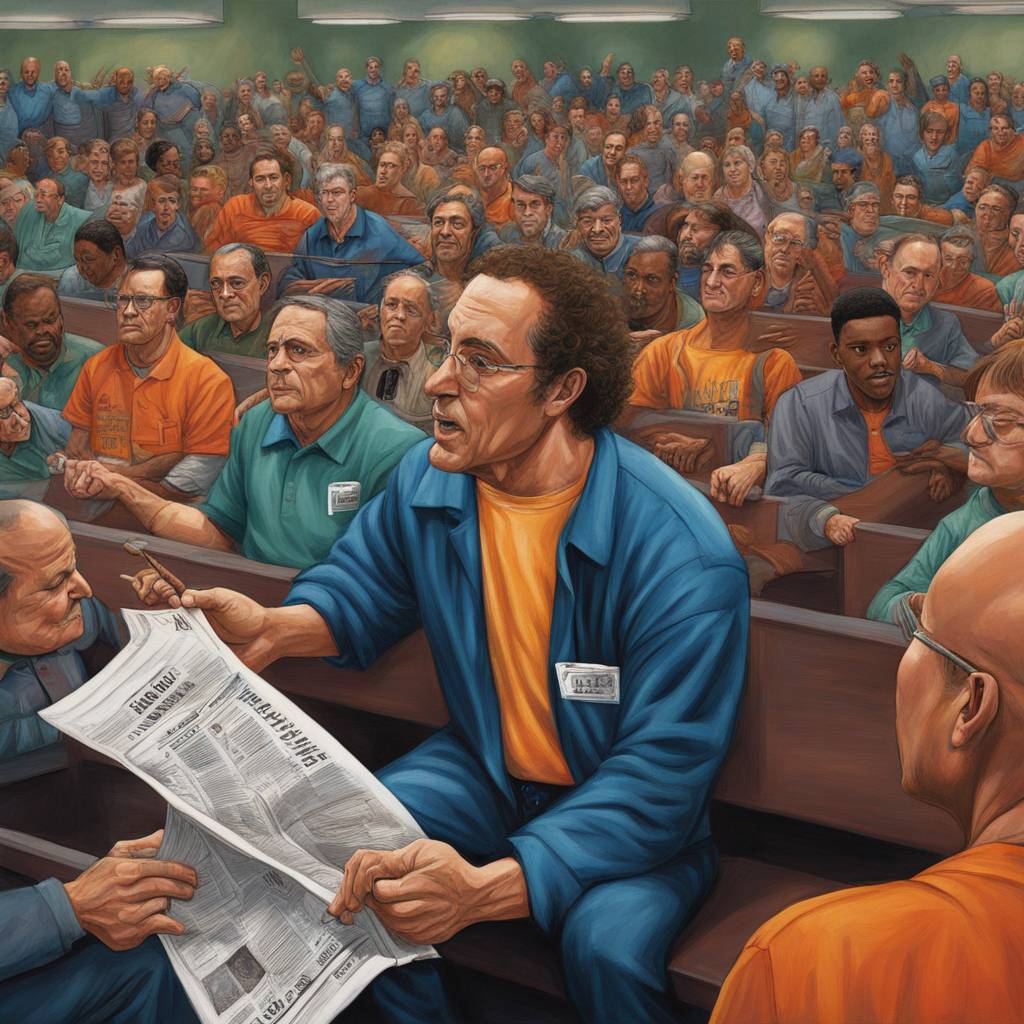Sam Bankman-Fried has been sentenced to 25 years in federal prison for defrauding customers and investors in his failed crypto exchange FTX. Judge Lewis Kaplan expressed concern about Bankman-Fried’s potential for future harm and noted his desire for political influence as a motivation for his crimes. This sentence is at the higher end for white-collar fraud cases, with Bernard Madoff receiving a 150-year sentence for his Ponzi scheme and Elizabeth Holmes receiving over 11 years for defrauding investors in Theranos.
Although there is no parole in federal cases, Bankman-Fried may be able to reduce his sentence by up to 15% through good behavior credits and up to 50% through the First Step Act, a prison reform legislation. This Act was initially intended to benefit minority nonviolent drug offenders but has also been advantageous for white-collar criminal defendants. Courts may also reduce a sentence for extraordinary reasons, especially medical ones, and Bankman-Fried could be eligible for early release if he serves a significant portion of his term.
Along with the prison sentence, Bankman-Fried has been ordered to forfeit $11.02 billion. This amount is expected to be paid over time, and he will likely need to utilize all of his assets to cover the forfeiture. The lack of restitution in this case is due to the impracticality of determining and compensating the numerous victims involved. Judge Kaplan recommended placement in a medium-security facility close to San Francisco for family visitation, and Bankman-Fried’s parents expressed continued support for him while his lawyer plans to appeal the conviction.
Overall, Bankman-Fried’s sentence reflects the serious nature of his financial crimes and the significant repercussions he will face in terms of both prison time and financial penalties. The potential for sentence reduction through various avenues offers a glimpse of hope for eventual release from incarceration. The impact on Bankman-Fried’s future and his family is substantial, with the forfeiture amount and ongoing legal proceedings likely to continue affecting his life for years to come. The complexity of the case underscores the challenges involved in addressing high-profile white-collar crime and its aftermath.


